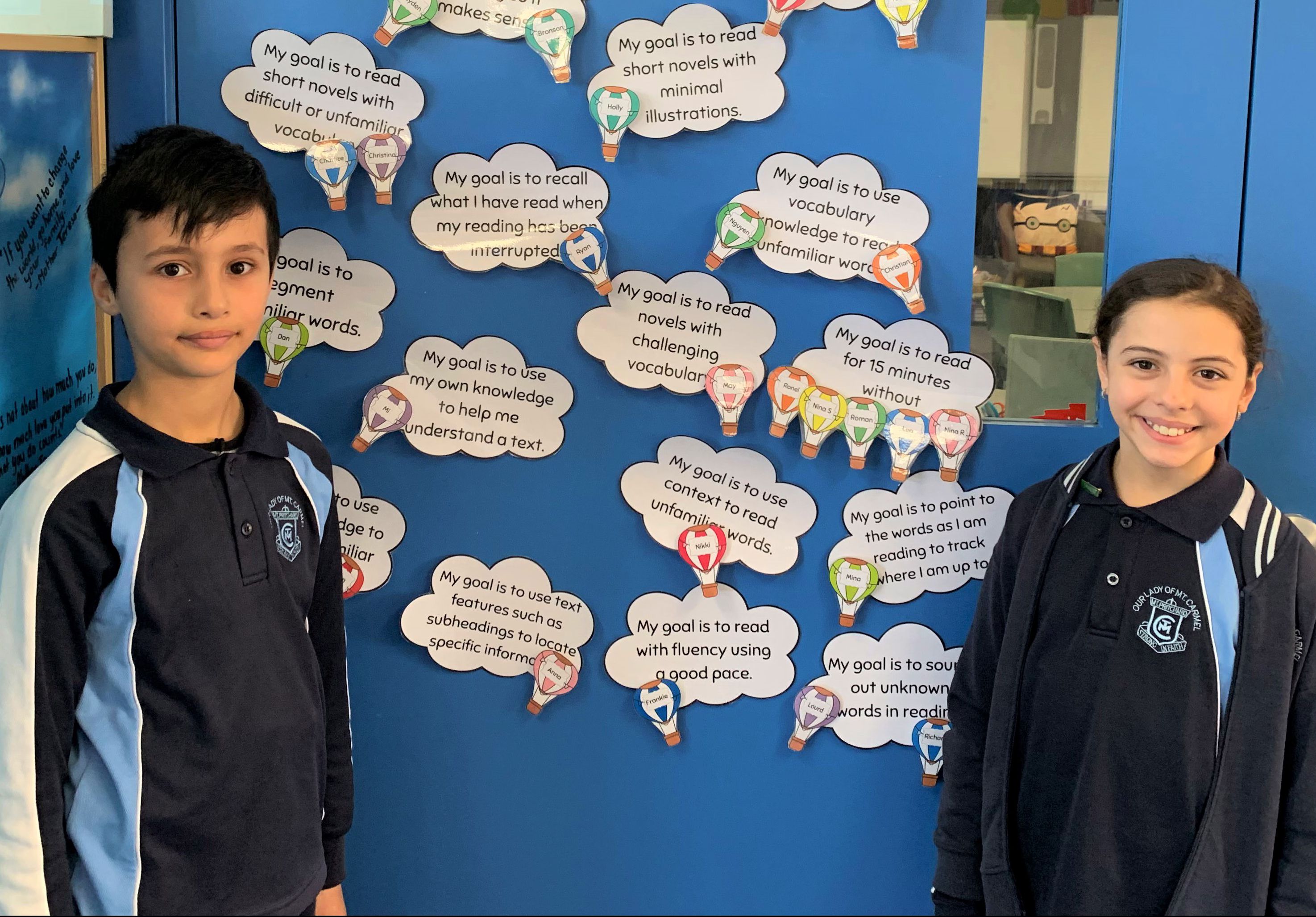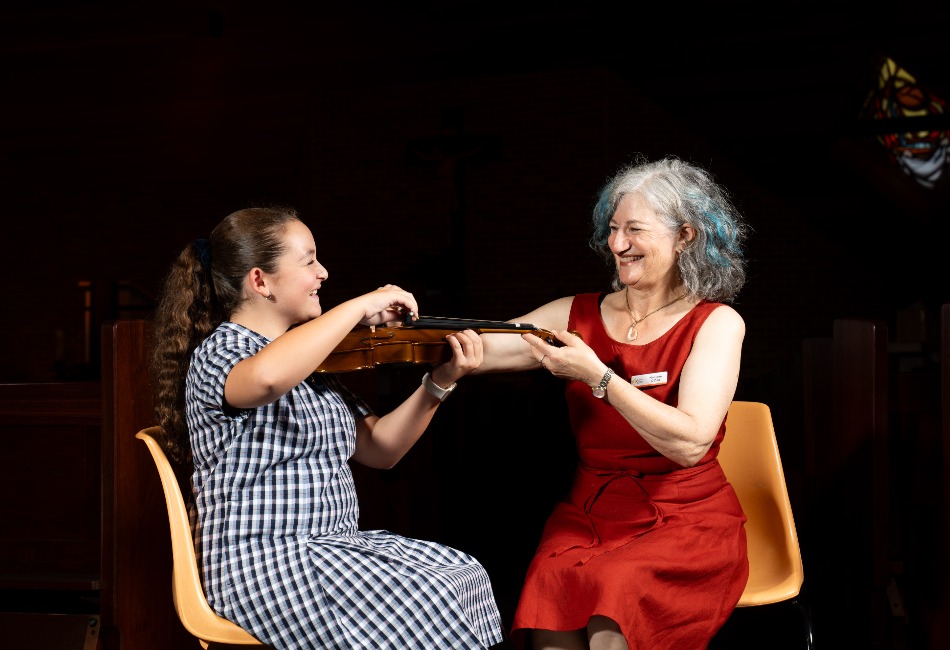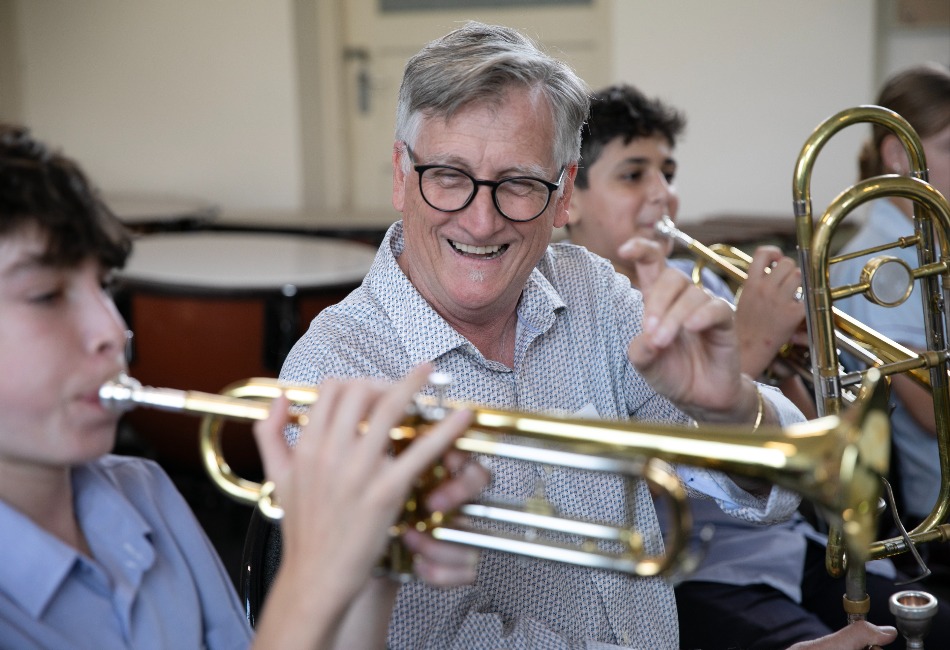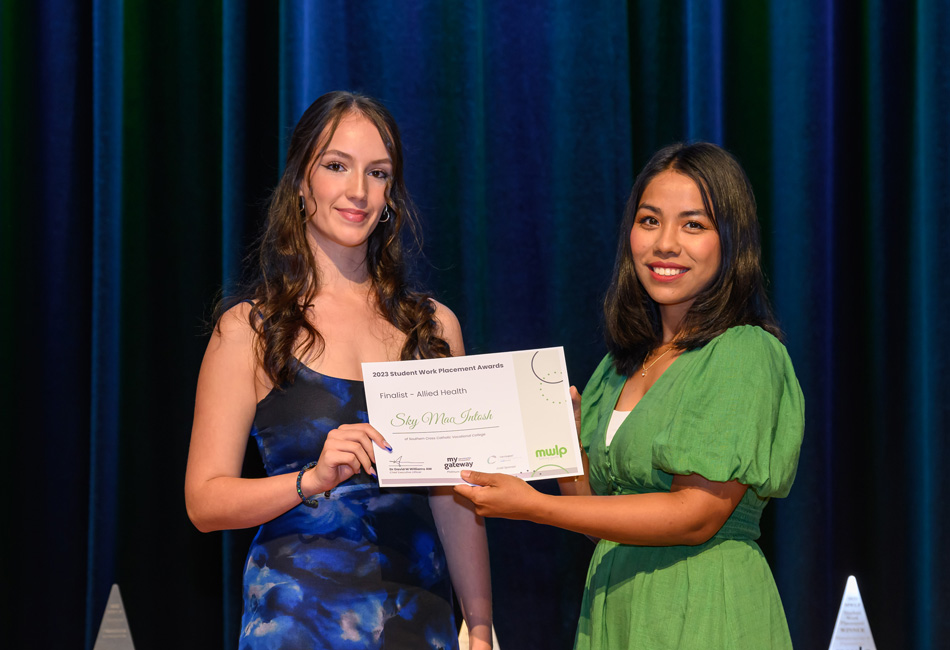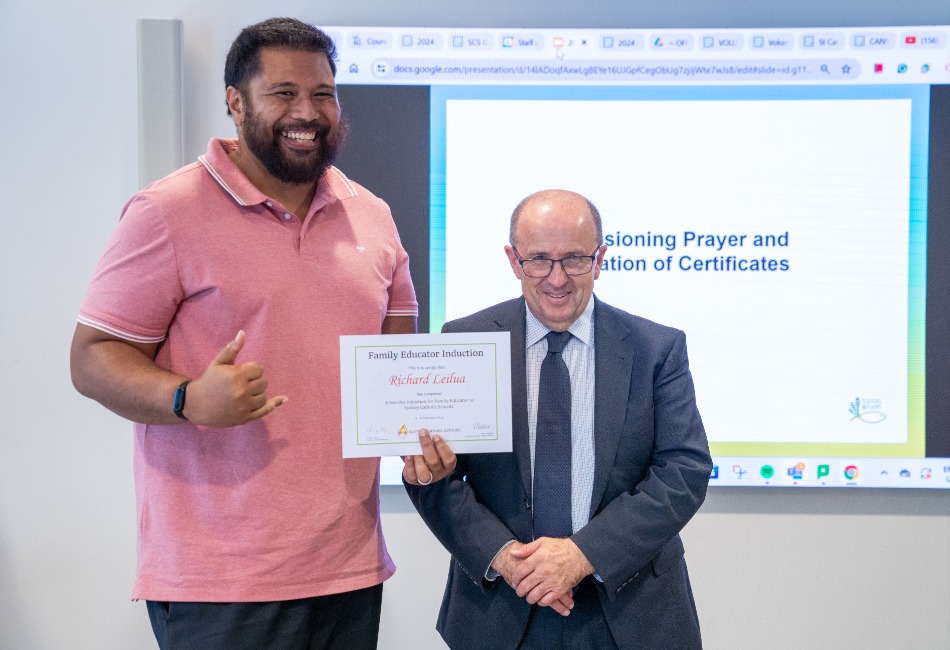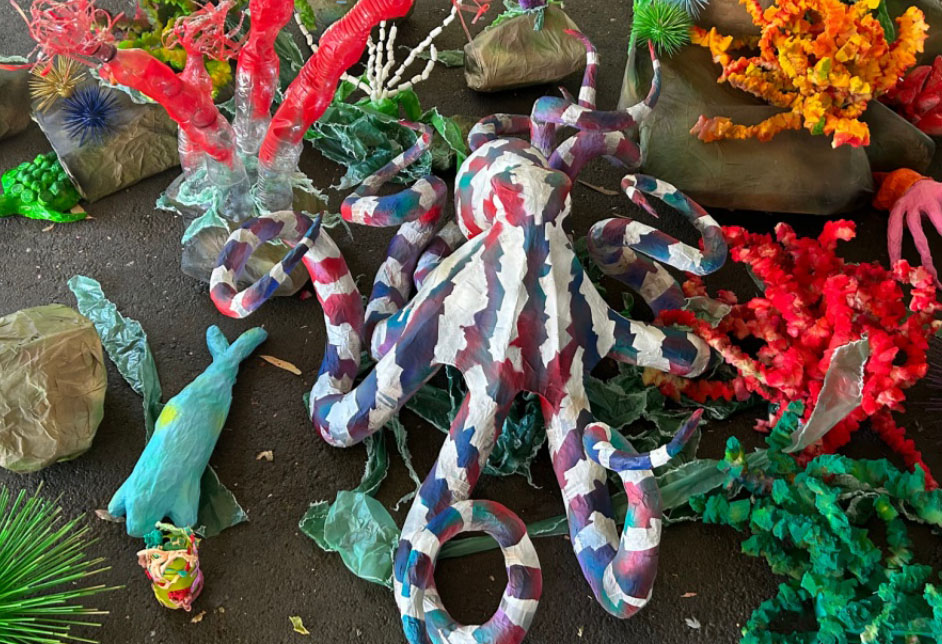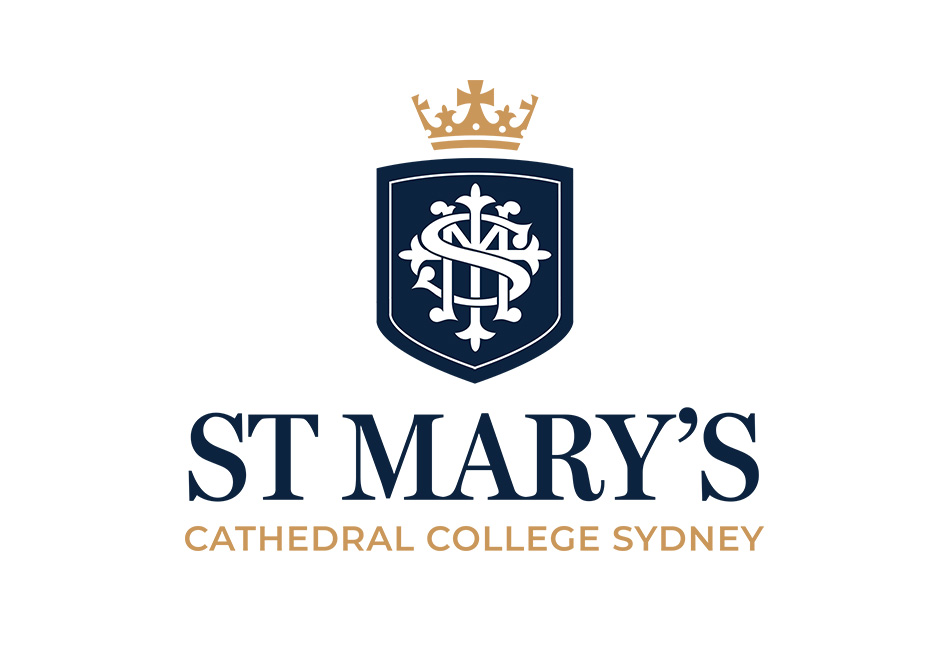From Year 1 ‘Number Ninjas’ whose goal is to count forward on and off the decade, to Year 3 ‘Pokemon reading masters’ finding new meaning in books, students at Our Lady of Mount Carmel Catholic Primary School Mt Pritchard are reaping the benefits of visible learning goals.
The school trialled the system in Years 1 to 6 classrooms in Term 2, drawing on the research of education professor John Hattie and Lyn Sharrett. These processes encourage teachers to see learning through the eyes of their students and help them improve their learning on their own.
After learning from the research, the teachers decided on a set of goals based on curriculum outcomes for each grade with a specific focus on reading and counting skills, supported by the school’s reading Coach Vita Pittavino and mathematics Coach Virginia O’Connor.
Students choose their own goals to work on from the list, one at a time, after they talk with their teacher about their strengths and areas for improvement.
“There’s a difference in the classrooms because it’s about intrinsic motivation,” Virginia said. “It’s not always from the teacher. The students are eager to achieve their goals and are pushing themselves forward to the next goal.”
Goals are specific to encourage growth.
It’s amazing to see the engagement when the students know where they’re going in the end
“It’s about achieving their personal best,” Vita said. “The students all understand that they are at different levels, and they’re looking ahead to the next goal. There’s an excitement because they know they can move forward.”
Principal Warren Loy said the goals were a way to also extend gifted students whose learning growth may have stalled with a more traditional, catch-all approach to teaching literacy and numeracy. He said data has shown the approach is paying off.
“The aim is that they get to achieve at least a year of learning growth within a years’ worth of teaching, rather than they get to that top end and the growth slows,” he said.
“It’s amazing to see the engagement when the students know where they’re going in the end, rather than see each task as isolated.”
Year 4 students Christian Younadin and Oriana Pavone have improved their confidence and accuracy in reading through the learning goals. Christian read the dictionary to achieve his first goal – to adjust the speed he read at to suit the text.
“I picked that goal because before I’d read way too fast,” he said. “It was good to slow it down a bit and keep calm so the audience can understand more.
“What I like about the learning goals is that they focus on our weak spots and we can choose them ourselves so that we can improve on those difficulties.
“For some goals we look at the words, some we look at the time, some goals we have to summarize what we’ve been reading, and for some we have to use less pictures.”
What I like about the learning goals is that they focus on our weak spots and we can choose them ourselves
Oriana said her current goal was to read where she is up to in a text, rather than skipping ahead. “Normally when I read I might skip paragraphs or sentences to find out what happens next,” she said.
“I like the reading goals because they motivate and challenge us to be the best readers we can be. We practice our goals at home, but mostly at school. If we think that we’ve achieved a goal five times then we will think of a new one together with the teacher that we can work on.”
Themes help students to track their progress visually, yet anonymously, with each student adopting paper character to move between goals displayed on the wall as they progress.
One class uses astronauts and colour-coded charts to help students work in small groups and give peer feedback on their counting goals using three and four-digit numbers.
Pokemon is king in Matthew Grearly’s Year 3 class.
He said the excitement was palpable in his class when students were given the opportunity to choose their own learning goals. Most are around reading comprehension and vocabulary, and navigating information.
“Some may be on the same goal for a term because it might be more challenging, others might work on one for two to three weeks and find that short success,” he said.
“We’ve started to put success criteria to each goal and get the language right so that when they’re not working directly with me, they can be attempting to achieve their goal on their own.
“What is required of them is quite challenging. The students are the only ones who know what their Pokemon is. It takes away that competitive side, keeps their progress confidential, and allows them to see what they have already achieved.”

